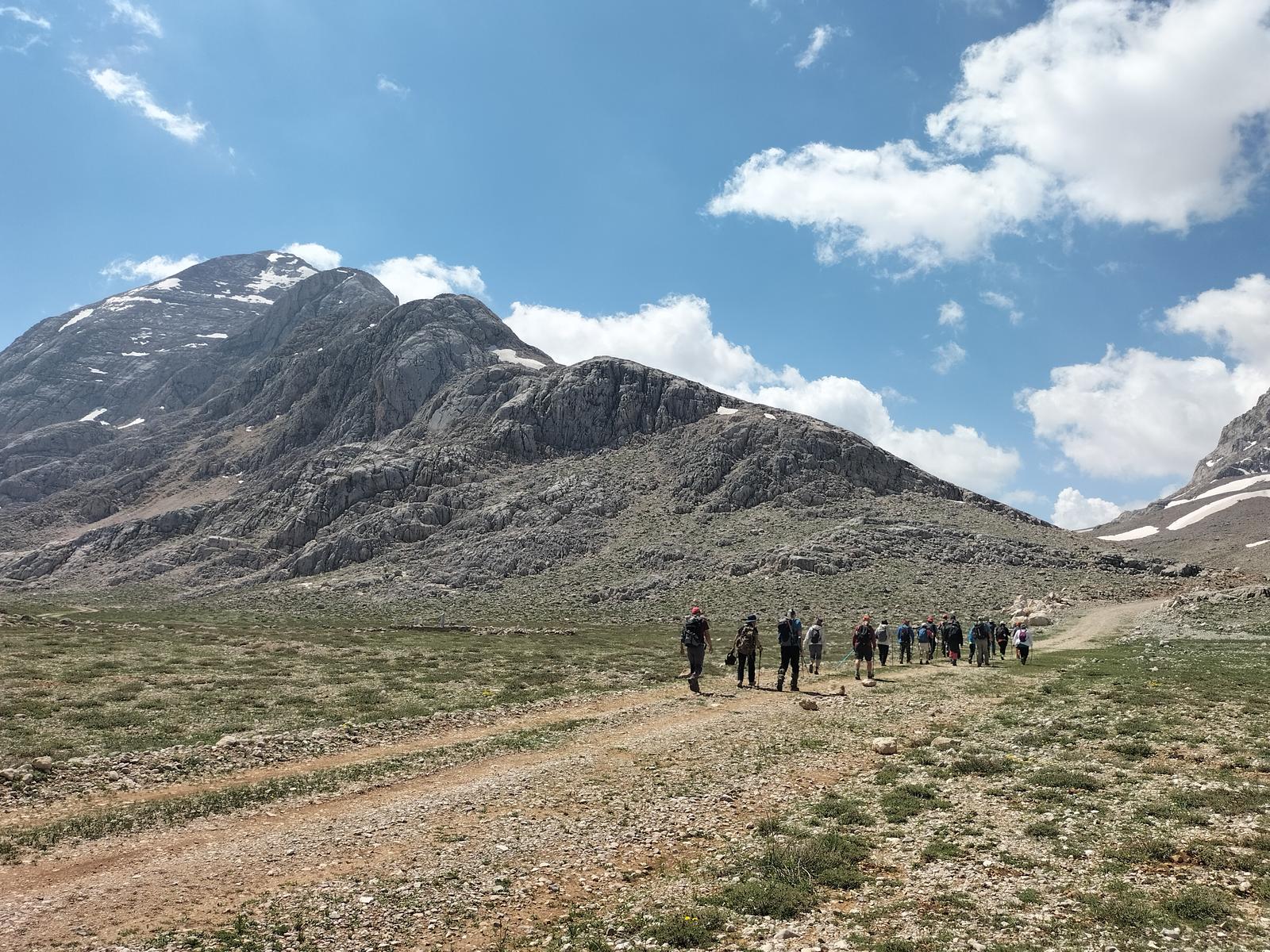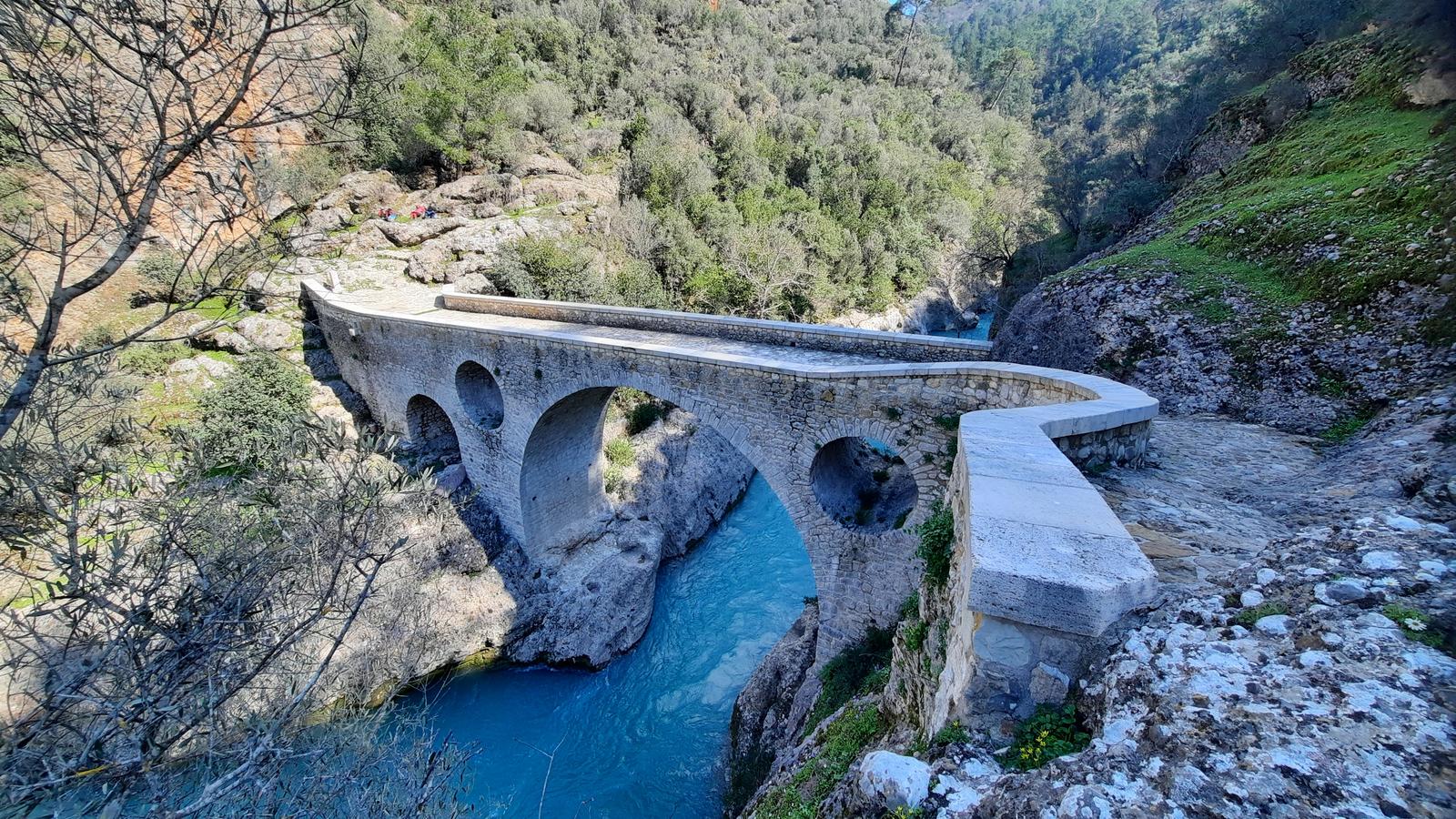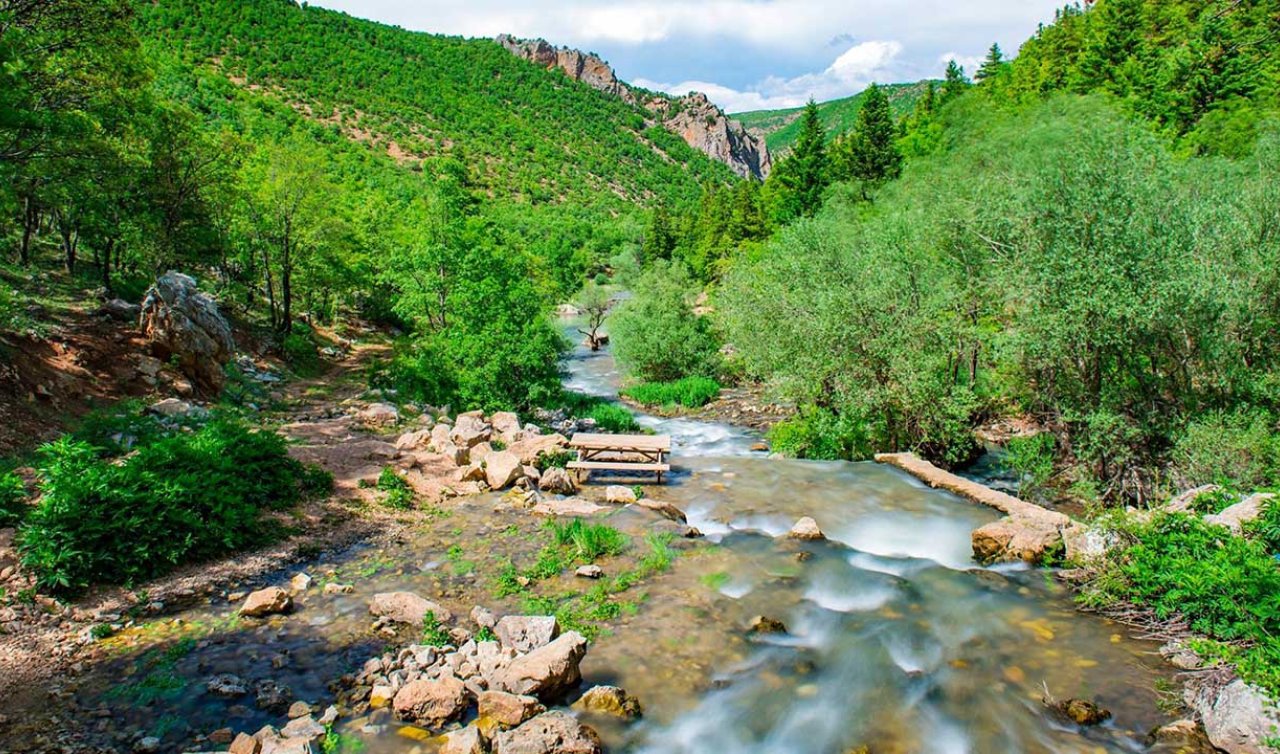Keykubad Trail District Information: The Hidden Memory of the Taurus Mountains

Keykubad Trail District Information: The Hidden Memory of the Taurus Mountains
BOZKIR (Isauria – Leontopolis – Sırıstat – Tris-Maden):
Nestled on the northern foothills of the Western Taurus Mountains, where the Çarşamba Stream has intricately woven the land for thousands of years, Bozkır rises as one of Anatolia’s most ancient cultural mosaics. These lands are like an open-air museum bearing the traces of civilizations: from the shadow of the Hittite storm god Tarhunt to the triumphal arches of the Romans, from the caravanserais of the Seljuks to the bridges of the Ottomans…
From Isaura to Bozkır: A Journey Through the Language of Time
Around 6000 BC, these lands, known as Isaura, were shaped by the footsteps of the Luwian people. The Hittites called it Tarhuntaşşa, the house of the storm god. Then came the Romans, who paved the Via Sebaste roads, connecting lost cities like Amblada and Vasada, which were trodden by St. Paul. During the Byzantine period, Bozkır was named Leontopolis (City of Lions). In the 1400s, with the arrival of Bozkır Bey, it gained its current identity. Does its name come from the "Ser Usta" masters who worked the silver-lead mines, or from the legacy of Bozkır Bey? Perhaps the secret lies in the murmur of the Çarşamba Stream…
The Guardian of the Mountains: Zengibar Castle
Rising 16 km from Bozkır, near Ulupınar Village, Zengibar Castle is the ancient capital of Isaura. This strategic point, controlling the Göksu and Çarşamba valleys, is a silent witness to the Roman struggle against the Homonads. The resistance of the Homonads, whom Strabo described as "destroyed by hunger," still whispers in the winds of the Taurus. When you touch the stones of the castle, you can hear the footsteps of Roman legions.
Çarşamba Stream: The Lifeline of Civilizations
The Çarşamba Stream, which gives life to Bozkır, is a modest river born from the exuberant waters of the Aygırdibi Waterfall. Since ancient times, this river has been the heart of agriculture and trade, distributing fertility to the land through Roman-built irrigation systems. As you walk along its banks, you can imagine the traces of Luwian fishermen who once fished here. The cool waters of the waterfall have offered travelers a place to rest since antiquity.
In the Footsteps of Culture: Mines, Plateaus, and the Nomadic Spirit
Bozkır has been a symbol of wealth since ancient times, with its gold, silver, and lead mines. These lands, which Hamilton called Tris-Maden (Three Mines), are a treasure trove of three precious metals. In the summer heat, people ascend to the plateaus: Tufan Stream, Sarı Ot, Gölcük… These thyme-scented plateaus are where nomadic culture still thrives. The equestrian shepherd culture of the Turks still breathes here.
The Dance of Stone Mills: The Golden Journey of Tahini
Sesame grown in the fertile lands of Manavgat in Antalya crosses the rugged passes of the Taurus Mountains to reach Bozkır. These precious grains, passing through the route known as the Susam Geçidi (Sesame Pass), are patiently ground in the centuries-old stone mills of Dere Village. The mills, still operating in the center and Sorkun Village, defy time with their rhythmic sounds. As the stones turn, the aroma of sesame transforms into golden tahini; while the scent of this ancient flavor fills the streets, the masters say, "The bounty of Manavgat is the handiwork of Bozkır." Tahini and molasses spread on toasted bread are an indispensable legacy of the region’s breakfast tables.
Friday Market: A Meeting of Colors and Flavors
Every Friday, the heart of Bozkır beats in the market square. Fresh thyme honey, wild strawberries, handmade tahini-molasses, and Taurus herbs brought by villagers from the plateaus adorn the stalls. The legumes, vegetables, fruits, and jars of tahini carrying the story of the Susam Geçidi, all cultivated by the hardworking women of the region… This is not just a market; it’s a living museum where you can hear the voice of a thousand-year-old culture.
Traces of the Past: Bridges, Caravanserais, and Lost Cities
The Ali Bridge of the Seljuks, the caravanserais of the Ottomans… Bozkır is a crossroads of historic routes. The mosaics found in the Isaura Ancient City are exhibited in the Konya Archaeological Museum, while Roman columns still stand in the walls of village homes. The cool waters of the Aygırdibi Waterfall have been a resting point since ancient times.
Five Stops to Discover Bozkır
Climb to Zengibar Castle: Feel the grandeur of Rome and the resistance of the Homonads.
Cool Off at Aygırdibi Waterfall: Witness the power of nature at the source of the Çarşamba Stream.
A Morning on the Plateaus: Enjoy tea in nomadic tents amidst thyme-scented air.
Visit the Stone Mills in Dere and Sorkun: Watch the golden journey of sesame and taste fresh tahini.
Experience Culture at the Friday Market: Discover the handmade flavors of local producers.
Final Word: The Soul of Bozkır
Bozkır is not just a geography; it is the memory of Anatolia. The prayers of the Hittites, the victory cries of the Romans, the hoofbeats of the Seljuks, and the blacksmith hammers of the Ottomans… All have mingled with the waters of the Çarşamba Stream. As you walk these lands, listen to the story of the "rebellious children of the mountains" told by Strabo. Because Bozkır carries the shared heritage of humanity in every stone.
The Old Names of Bozkır and Their Origins
Isaura Vetus (Old Isaura): The oldest known name of Bozkır. It was the capital of the Isauria Region around 6000 BC, reflecting the region’s ancient importance.
Leontopolis (City of Lions): Used during the Byzantine period, this name means "City of Lions." It served as a resting place for Byzantine commanders.
Sırıstat (Siristat): In the 16th and 17th centuries, Bozkır was known by this name. Its origin is unclear but is associated with the "Ser Usta" masters who worked the silver-lead mines.
Tris-Maden: This name comes from the three precious metals (lead, gold, silver) mined in the region, symbolizing its mineral wealth.
Bozkır: In the early 1400s, Bozkır Bey arrived in Leontopolis and gave it his name, which has endured to this day.
Bozkır has hosted many civilizations throughout history, including the Isaurians, Romans, Byzantines, Seljuks, and Ottomans, and carries the traces of their rich cultural heritage.

